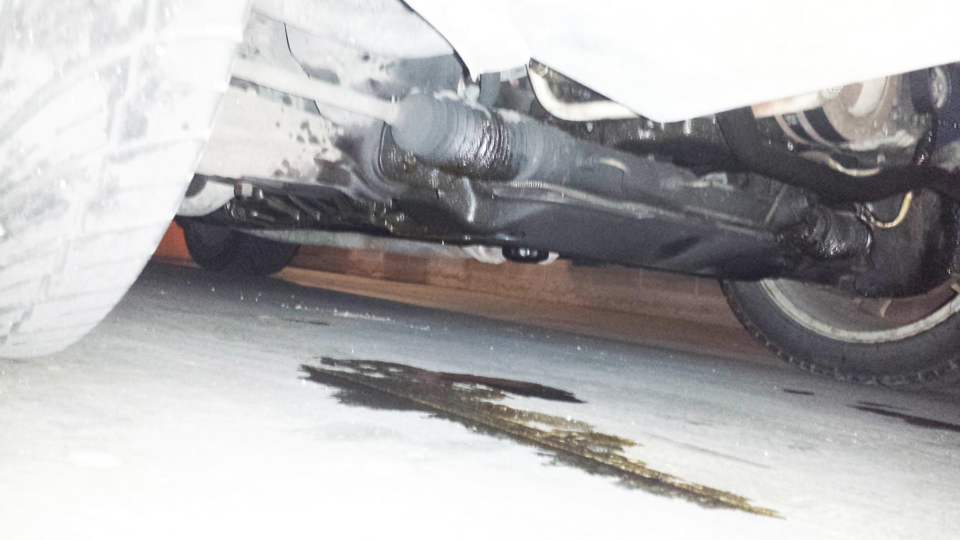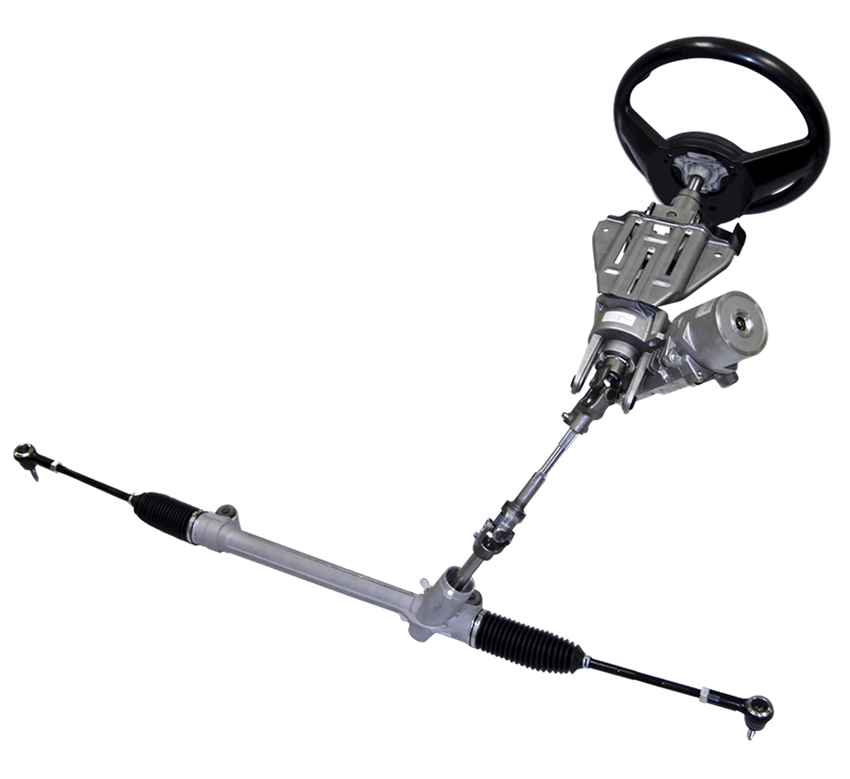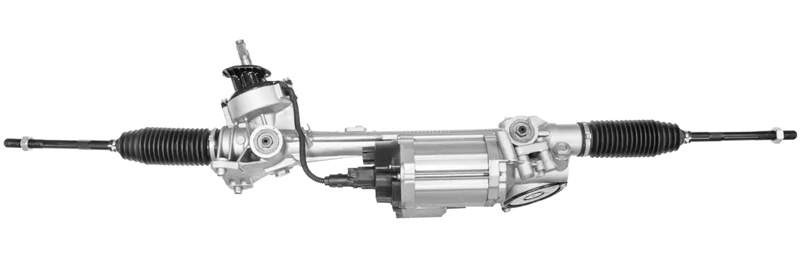Have you ever imagined a vehicle without power steering? Let’s just say you’d never skip arm day again. The power steerings are tailored in a way that makes steering quick and easy by utilizing the hydraulic system. It allows the strain to build up on the wheel with each turn, which is then utilised to drive the tires wherever you wish to turn.
Since you are perpetually linked with the steering, unlike other systems in the automobile, it is logical that a malfunction within your vehicle’s power steering might be a threat to your safety. You will, nevertheless, most probably notice if there is a problem with the steering mechanism since you will surely experience the difference. As a result, once you’ve identified a problem, it’s critical to identify and mend it as soon as possible to avoid any further harm to various systems and your wallet.
To detect the issues, you should first know what are the common power steering problems and what indications your vehicle displays to warn you, so take a glance at some of the most frequent ones we’ve outlined for you.
#1. Problem: Power Steering Liquid Leak.

Even though we’re dealing with a liquid, leaks are inescapable in this case. When you see a leak underneath your car, tears may spring up as they ponder and you will get to know exactly how much it will cost you.
Aside from the obvious red or brown power steering liquid leaking beneath your vehicle, you could also observe that the steering is stiff and very difficult to turn. And, if the spillage has cleared out the maximum amount of the liquid, then turning the wheel may produce grinding noises.
How To Fix This?
The most vital point to notice is to act quickly if you see a leak! Don’t wait unless the power steering valve starts groaning because it’s running low on fluid. A damaged or torn hose is usually the major source of the leakage; nevertheless, if it appears to be okay on inspection, check any hose couplings, such as clamps. If both pass muster, proceed towards the car’s power steering, particularly the pump seal because this could be the cause of the leakage.
Furthermore, your entire steering rack must be thoroughly inspected, since the leak might be coming from there. Typically, the rack may leak from the main seal, forcing fluid out of the gators along the end, or by the topmost pinion seal.
#2. Problem: The car makes weird noises while turning.

Whenever you’re taking a turn and you experience a loud screeching sound that scares you, it’s time to check your powered steering system. All these weird noises might signal a drive belt which is slipping and requires to be fixed or replaced.
How To Fix This?
Check the belt to observe any visible damage, like cracks and missing sections. If the concern is due to any wear & tear, then, you might need a replacement. But, if the belt is loosened and slipping, you must repair it quickly to prevent any harm that may demand replacement.
#3. Problem: The Steering Assist Isn’t Working

Have you ever needed to call the Hulk to turn your steering? If this is the situation, your car’s hydraulic assist may be lacking in power. This shortage of power might be caused by a shortfall of power steering liquid or an absence of power steering liquid pressure.
How To Fix This?
It’s time to stick to your investigation specs and thoroughly evaluate the steering assist! The first step is to ensure that there is sufficient power steering liquid in the reservoir. You may legitimately infer that you leak if you notice modest proportions of fluid in contrast to the regular amount. All you can do is to refill the fluid then you’re done! Unfortunately, you’ve just supplied a band-aid solution; whatever you need is to find out the major leak source.
When the level of fluids is enough, the hydraulic aid’s power loss might be attributed to a shortage of hydraulic liquid levels. A loss of hydrostatic pressure might be the result of a leak, and it could also be the result of any technical fault inside the pump, like those pressure plates inside the pump breaking out.
#4. Problem: Stiff and unresponsive electric steering

While investigating power steering issues, you may assume that the culprit is an insufficiency of power steering liquid, but this is not always the case.
It’s possible because the gadget is a hybrid of hydraulic and electronic components. However, in this case, assuming you’ve eliminated the potential of a hydraulic problem. As a consequence, the concern is associated with the EPS, but if this arises, it is caused by something like an electric-assist device failing to react.
How To Fix This?
Identifying the main source of an electrical fault with power steering might be challenging if you are not having any device for code scanning that checks for the problem. To find out the root of the cause, firstly check the vehicle’s fuse box connections and wires, and next inspect the charge of your car battery.
If everything looks to be in place, consider this tested trick turn your car switch off and on again! When coping with a car’s intricate electrical systems, this may sound silly, but this should reboot various electrical components and also get your EPS running. Nevertheless, if it succeeds, call it a temporary fix and have your EPS tested thoroughly to ensure that every single thing is in good working order.
In A Nutshell
Are you clenching your nails as you read these issues since one of them just seems too familiar? However, the moment you detect any power steering glitches, there is no need to be concerned. Hire the experts that can quickly and effectively identify and fix the issues with your car’s power steering!
